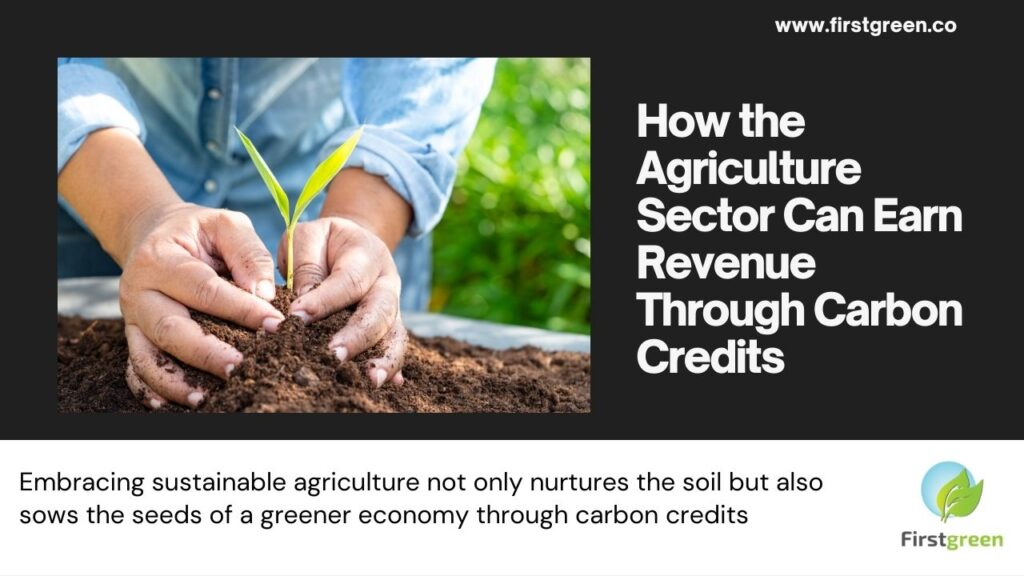How the Agriculture Sector Can Earn Revenue Through Carbon Credits

Understanding Carbon Credits
Carbon credits are a key component in the fight against climate change. They represent a reduction of one metric ton of carbon dioxide emissions or an equivalent amount of other greenhouse gases. These credits can be traded on markets, either compliance or voluntary, offering a financial incentive for entities to reduce their emissions.
The Role of Agriculture in Carbon Sequestration
Agriculture plays a dual role in the carbon cycle. While agricultural practices can emit greenhouse gases, they also possess a unique capability to sequester carbon through photosynthesis and soil management. By adopting practices that enhance soil carbon storage, farmers can generate carbon credits, turning a sustainable practice into a revenue stream.
Generating Carbon Credits in Agriculture
Farmers can generate carbon credits by adopting regenerative agricultural practices that increase soil carbon content or reduce greenhouse gas emissions. Here are several effective methods:
- No-till Farming: This technique reduces soil disturbance, maintaining carbon sequestered in the soil.
- Cover Cropping: Planting cover crops help keep the soil covered year-round, which improves soil health and carbon sequestration.
- Crop Rotation and Diverse Planting: These practices enhance soil structure and diversity, which can lead to more carbon retention.
- Improved Grazing Management: This can reduce methane emissions from livestock while enhancing the carbon absorption of pasturelands.
Measuring and Verifying Carbon Sequestration
For carbon credits to be tradable, they must be quantifiable, verifiable, and traceable. Farmers need to measure the baseline carbon levels in their soil and track changes over time following the implementation of sustainable practices. Verification by a third party ensures that the carbon sequestered is accurately reported and meets the standards set by carbon credit certifiers.
Market Opportunities
The demand for carbon credits is expected to grow significantly, driven by increasing regulatory pressures and the commitment of companies worldwide to reduce their carbon footprint. The development of carbon markets offers farmers a potential source of income that rewards environmental stewardship.
Challenges and Considerations
While the carbon credit market offers promising opportunities, it also presents challenges:
- Complexity and Costs: The process of measuring, reporting, and verifying carbon credits can be complex and costly.
- Market Volatility: Carbon prices can fluctuate widely based on market trends and regulatory changes.
- Long-term Commitment: Many carbon sequestration practices require long-term commitment before they start providing financial returns.
Conclusion
Carbon credits represent a significant opportunity for the agricultural sector to contribute to environmental sustainability while generating additional revenue. By adopting carbon-smart farming practices, farmers not only help combat climate change but also strengthen their farming operations against the impacts of a changing climate.
For agricultural businesses, especially in developing economies like India, engaging in the carbon credit market requires awareness, training, and support from industry experts and government bodies to overcome initial hurdles and tap into this evolving market.